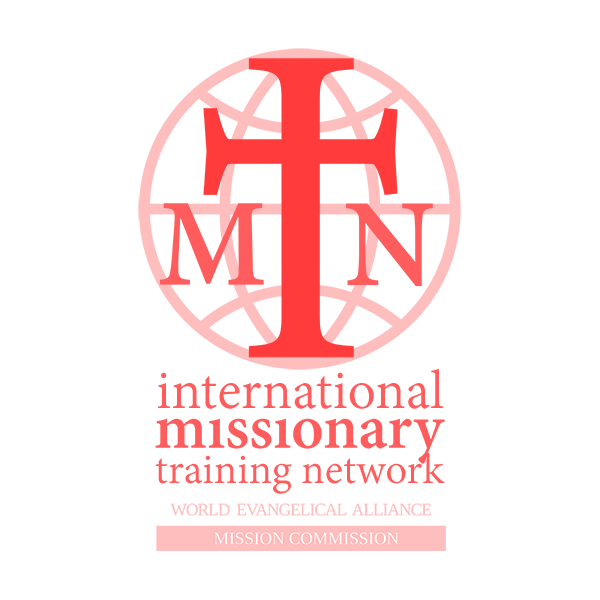Purpose: The “Missionary Training Assessment” (MTA) instrument was designed by trainers from churches, agencies and schools working together, who share a concern for improving the quality of missionary training for North American missionaries. It is designed for individuals and teams engaged in missionary training to evaluate their own training efforts. We hope it will catalyze further discussion and exploration within your organization of how effectively your training equips your prospective missionaries.
Distribution: Distribute the MTA to any persons in your church or organization who have a stake in your training outcomes, including missionaries, staff, training colleagues, execs, receiving field team leaders or former trainees. Ask them to complete the form as honestly as they can, providing additional suggestions or input, as they desire.
Definitions/Explanation of the MTA: The MTA is a self-assessment built around seven (I-VII) standards of excellence of missionary training. Under each standard are statements of critical areas contributing to that standard (E.g.: I Needs Assessment A. We have a process for regularly identifying trainee needs).
Response Categories: You may respond to the degree to which your training demonstrates each statement in terms of four response categories: YES!, Yes, Needs Work, or HELP!
- YES! This strong, positive response indicates the standard is clearly in place and operating effectively.
- Yes This positive response indicates the standard is recognized and progress is being made.
- Needs Work This response indicates the standard is not yet fully recognized and assistance is needed in how to move forward.
- HELP! This strong, negative response indicates the standard does not exist, or is not recognized, and significant help is needed to know how to improve.
- N/A: The “Not Apply” response should only be used when the statement does not apply to your situation.
Creating Dialogue: Don’t be surprised that you don’t elicit the same responses from different people. Rather, utilize their responses and different perspectives to create a follow-up forum for discussion of the different perspectives represented within your organization. The “Action Planning Guide” following the MTA provides suggestions for how to capture the insights and evaluations of your team to begin making improvements in your training.
Providing Feedback to us: We value your input in continually revising this evaluative process. Please communicate any responses to the following questions to The National Missionary Training Forum at the address below.
- Did the introduction clearly explain the significance and use of the instrument and provide information needed to complete the instrument? If not, what did you find confusing?
- Were the instructions clear and helpful? If not, what needs to be clarified?
- Do you agree that the seven categories included in this instrument represent important aspects of an excellent missionary training program?
- Do the categories included in this instrument reflect the various aspects which you consider important in your missionary training program? If not, what would you like to add to these categories?
- Did you find the questions were helpful in identifying the scope of each category and its presence in your missionary training program?
- Which questions, if any, did you find unhelpful or confusing?
- Are there other questions which you would suggest to be added under any of the categories in this instrument?
Thank you for your assistance with this project to develop an instrument which can be used by missionary trainers to identify the strengths and weaknesses of their training programs.
Send the completed instrument and a record of responses to the above questions to:
Standards Task Force
North American Training Forum
January, 20006
For additional copies, write or email:
Dr. Steve Hoke, CRM
Task Force Chairman
1709 Coolcrest Ave.
Upland, CA 91784
(909) 946-4850
This email address is being protected from spambots. You need JavaScript enabled to view it.

